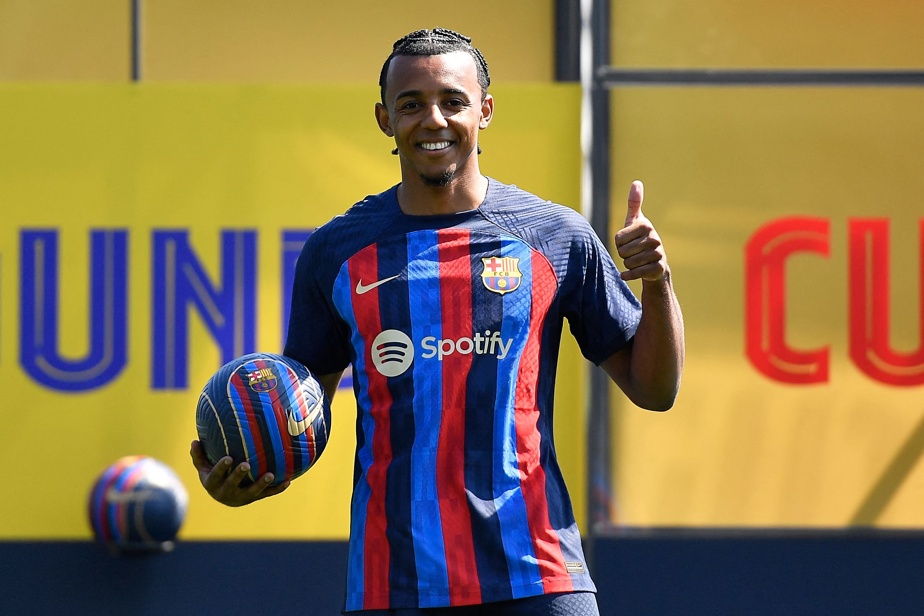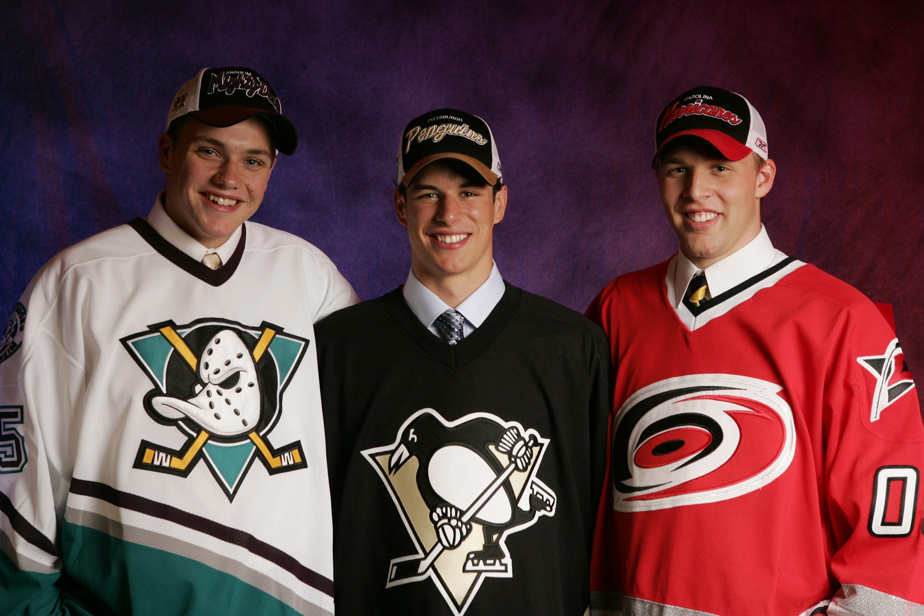Posted at 7:00 a.m.
Calling all
Here is our latest livery of answers for The Club. To send us your questions, it’s here.
Whether or not to receive full salary
I would like to know what happens when a freshly drafted player signs a contract with an NHL team. Does he really get the salary we give him, regardless of where he plays the following season? For example, will an 18-year-old who signs a six-figure contract for three years be paid his full salary even if he returns to his junior team?
Jean-Philippe Fortin
Response from Simon-Olivier Lorange
In an entry contract, the only sum a player is guaranteed to receive is his “signing bonus”. Take the example of forward Shane Wright, drafted last month by the Seattle Kraken. His entry contract, valid for three years, provides an annual signing bonus of $95,000 and a salary of $855,000. If he spends the season in Seattle, he will therefore pocket $950,000, the maximum provided for by the collective agreement. If he spends the season in the NHL, he will receive this sum in full. If he is sold to the Kingston Frontenacs of the Ontario Junior League, he will only keep his signing bonus.
Everything is fine ? Add a level of difficulty. If a player aged 18 or 19 on September 15 has a contract in his pocket, but does not play at least 10 NHL games during the season, he does pocket his signing bonus, but his contract of three years shifts in time. Let’s take the example of Wright again: if he spent the entire season in Kingston, his current contract, rather than being concluded in 2024-2025, as planned, would be valid until 2025-2026.
Let’s continue: this phenomenon can occur twice. Kaiden Guhle, born in January 2002, is in this situation. His first professional contract was to begin in 2020, at the age of 18. He was shifted. In September 2021, he was 19 years old. Offset again. He has therefore pocketed two signing bonuses, but never his NHL salary yet, and his entry contract is now valid until 2024-2025.
Having a say in a transfer

PHOTO PAU BARRENA, AGENCY FRANCE-PRESSE
Jules Kounde
In soccer, during the transfer season, to what extent does the player targeted by another team have a say in his destination? Being a Chelsea fan, I have seen many players with an interesting profile unfortunately turn to Barca in the midst of an impending transfer rumor linking them to my London club this summer. The Jules Koundé saga being the perfect example relating to my question. I understand that the club targeting a player first negotiates with the player regarding their salary arrangements and, if an agreement is reached, then negotiates a transfer fee with the player’s owning club. Assuming a player is pursued by two clubs at the same time and one of the offers is much better for the club than another, at what point could the selling club accept a lower offer just to satisfy a player outgoing ?
Olivier Furness
Answer from Jean-Francois Teotonio
A player transfer in European soccer involves four parties: the selling club, the buying club, the player, and their agent. To the first question, the answer is quite simple: if the player does not want a transfer or sign a contract with such and such a team, nothing obliges him to sign it. The final decision rests with him.
That said, the selling club can take different means to strongly encourage him to leave by accepting the proposed transfer. He can in particular warn him that he will no longer have his place in the line-up. And so he won’t really play if he stays. It’s rough, but legal. There is also pressure exerted by the agent: some have bad press, and the reputation of only wanting the biggest profit. At the expense of what might be more beneficial to the player.
Now, if the athlete has a preferred destination, but the buying club’s offer is lower than the selling club’s valuation, an auction process will certainly be initiated. It would be very surprising if the selling club accepted a lower offer than what they already have on the table. Even if it means keeping a dissatisfied player.
The example of Jules Koundé is a good one. Everything indicates that Chelsea had an agreement with Sevilla for its acquisition. But the Frenchman’s preference was to stay in Spain and join FC Barcelona. For him, there was never any question of joining Chelsea. Sevilla, Koundé and his agent therefore resisted the English club for a long time before finally hearing what they wanted to hear from Barça. But this is not always possible. Not all clubs have the same means.
Drafted at 19?

PHOTO ARCHIVE THE CANADIAN PRESS
The first three players drafted in 2005: Bobby Ryan, Sidney Crosby and Jack Johnson
I would like to know why hockey players have to be drafted at 17 or 18. They often have a late physical development and this compromises their health. Would their development go better if they were drafted around 19, like in other sports?
David Blais
Response from Simon-Olivier Lorange
The 19-year-old draft is a topic that comes up periodically in the NHL. Many people support this idea. In an interview with RDS in 2020, André Tourigny, now head coach of the Arizona Coyotes, made a plea to this effect. Drafting more physically mature players would allow recruiters to have a fairer view of their real potential, he argued. In the opposing camp, it is pointed out that team owners and even the Players Association would not be happy to see the athletes potentially losing a full career year – because if they start later, there is no indication that they would play more years. Still others fear they may have to deprive the league and its supporters of raw young talent. The Connor McDavids and Austin Matthews of this world, for example. Let us mention here that this argument concerns only a tiny minority of gifted people. In 2021-2022, only two players played at least one game at 18, and only one the previous season. In the end, the debate is not over, and it even gained strength in 2020-2021, when the junior leagues of Ontario and Western Canada were paralyzed. Change, however, does not seem imminent to us.
